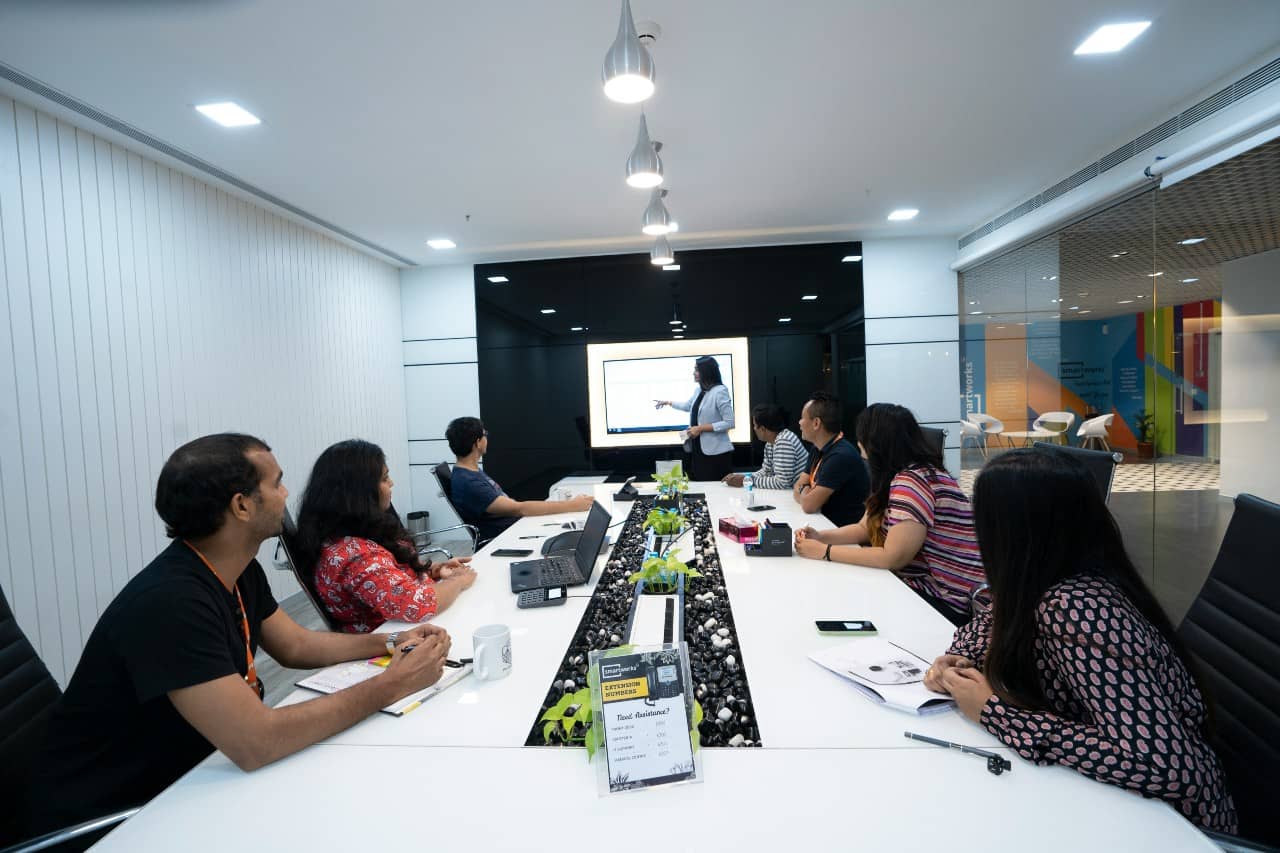Starting Small with HR Analytics in a Big Data World
Few topics in recent years have garnered as much attention as the topic of HR
analytics. Several notable thought–leaders (e.g., John Boudreau, Tom
Davenport, Jack Fitz-enz) are calling for the HR profession to adopt a
predictive analytics approach to understanding and managing people in the
workplace, and a number of Fortune 100 firms have been leading the way such as
Google, IBM, and Intel to name a few.
All of these high-performing companies, however, have a dedicated function
with a cadre of highly skilled HR researchers, analysts, data scientists, and
Ph.D. educated psychologists on staff. Most companies, particularly small-to-
mid market firms, do not have the time or resources to establish robust HR
analytics capabilities—whether descriptive, predictive, or prescriptive. So,
business executives and HR leaders at small-to-midsize companies often ask me
for some practical advice on how to get started.
Getting Started
In a recent People and Strategy article, I introduced the HR Intelligence
Cycle to help organizations begin their HR analytics journey. The following
seven steps are presented with small-to-midsize companies in mind.
Step 1: Determine Stakeholder Requirements
Regardless of the size and complexity of your company, we all know that
partnering with key stakeholders is vital to the overall success of any HR
initiative. This is about establishing and cultivating a partnership and
becoming a legitimate player by adding value to the business. In terms of HR
analytics, an ongoing partnership with key stakeholders is essential to obtain
an accurate picture of the most pressing business problems and to identify
their general data requirements.
Step 2: Define HR Research & Analytics Agenda
Once stakeholder requirements are obtained, it’s time to define the short-term
and long-term HR research and analytics agenda. Short-term and long-term
requirements can be both strategic and tactical in nature. For example, a
short-term project can yield strategic results (e.g., market adjustments to
employee salaries that could potentially have strategic and long-term
implications).
Once a draft HR research and analytics agenda is developed, share it with your
key stakeholders and go through an iterative process of refinement. However,
do not let stakeholder’s hijack the entire HR research and analytics agenda.
Our research suggests that approximately 60% of the agenda should be
stakeholder driven and the HR function should determine the remaining 40%.
Step 3: Identifying Data Sources
Data sources may be either public or private. Public data resides in
university libraries, knowledge repositories, and governmental databases
(e.g., U.S. Department of Labor Statistics, SHRM Foundation). Examples of
private data include the company’s internal employee data that resides in
yourHRIS, external benchmarking data from “best-in-class” companies, and
research reports by credible membership-based consortia (e.g., Organizational
Intelligence Institute, CEB, The Conference Board, and the i4CP) as well as
academic think tanks (e.g., Cornell’s Center for Advanced Human Resource
Studies, University of Southern California’s Center for Effective
Organizations). All of which are excellent sources for private data and
information.
Note for Small-to-Midsize Companies
Virtually all of the organizations mentioned above require an annual
membership fee. So if you have limited fiscal resources, look for
complimentary research reports Organizational Intelligence Institute and the SHRM Foundation
and credible sources of data in the public domain.
Step 4: Gather Data
This step of involves the actual collection of data through primary research,
secondary research, or mining your HRIS. Primary research is new or original
research and analytics activities (e.g., annual employee survey, 360-degree
feedback for leadership development, employee exit survey). Secondary research
is data and information available through existing sources, as described in
Step 3 or mining and modeling employee data from your HRIS.
Our research indicates that leading companies are indeed performing a wide
range of HR research and analytics practices that extend beyond simple HR
metrics and indictors. However, as small-to-midsize companies, you may not
have the time and resources needed to implement everything.
Note for Small-to-Midsize Companies
Consider implementing the following as a starting point:
- Track key HR metrics quarterly
- Segment and track your high performers and high-potential talent in your HRIS
- Conduct an employee/organizational survey (leading indicator)
- Conduct an employee exit survey (lagging indicator)
- Administer 360-degree feedback assessments for the purposes of developing your leaders and managers
- Conduct HR benchmarking with other small-to-midsize companies in your industry
Step 5: Transform Data (Meta-Analysis)
A meta-analysis is simply an analysis of an analysis and can be conducted
across several data sources. For example, to what extent are the results from
your individual 360-degree feedback assessments consistent with your employee
survey data, exit survey data, or actual turnover? Are high-potential,
emerging leaders leaving the company for the same reasons (e.g., little to no
advancement and promotion opportunities, lack of decision rights, low base pay
relative to the market) year after year? Performing a meta-analysis across
several data sources enables you to glean critical insights for smarter
workforce decisions.
Step 6: Communicate Intelligence Results
The sixth step of the HR intelligence cycle involves communicating
intelligence results. This goes beyond traditional HR research and analytics
reporting processes and presentations, which can be characterized as the
“proverbial data dump,” as it involves strategic insights and interpretations
by you—the HR professional. It’s important to place more effort and emphasis
on telling a story about the data in relation to your organizational culture
and business challenges.
Step 7: Enable Strategy & Decision-Making
The final step of the HR intelligence cycle is about enabling strategy and
decision-making in your organization. HR analytics arms you with pertinent
knowledge and insight to help make smarter workforce decisions.
The business case is clear for all companies to jump into the HR analytics
game fast regardless of the size of your workforce and annual revenue. Start
small, build on your successes, and develop robust HR analytics capabilities
overtime.





